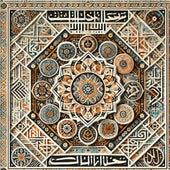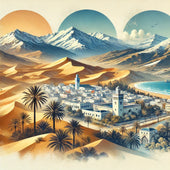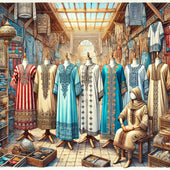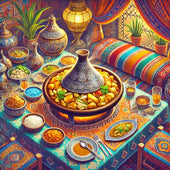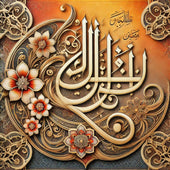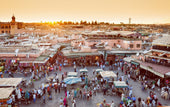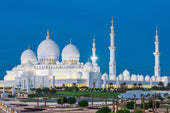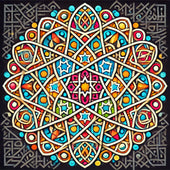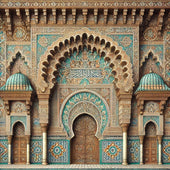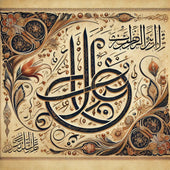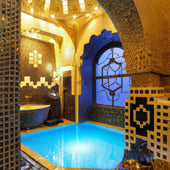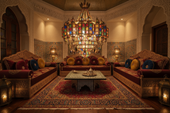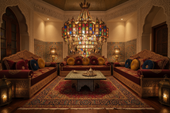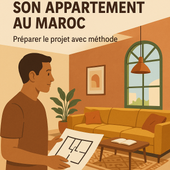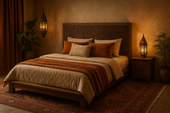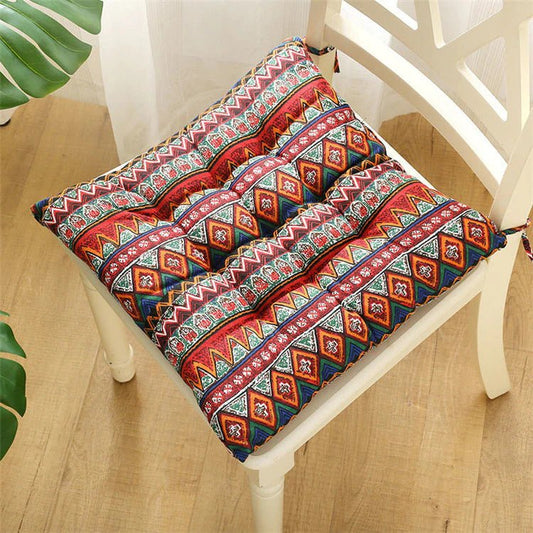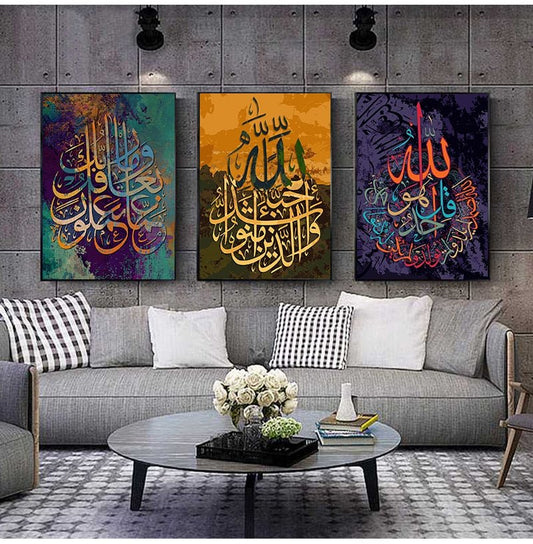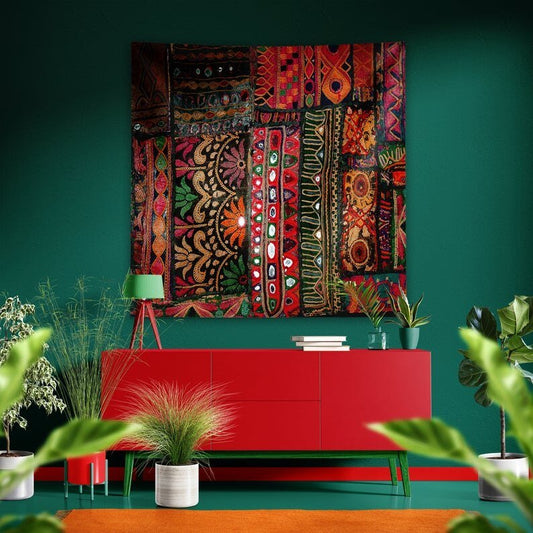Africa is a continent rich in cultures, ethnic groups and traditions. This richness is reflected magnificently in its architecture. Crossing this vast continent, one witnesses a harmonious fusion between the old and the new, between tradition and modernity.
1. Traditional huts
Historical
The huts, symbols of the traditional African habitat, date back several centuries. These simple structures were designed to meet the basic needs of the inhabitants while resisting the sometimes extreme climatic conditions.
Features
Made mostly of local materials like mud, wood and thatch, these huts provide natural insulation. Their rounded shape guarantees optimal air circulation, creating a cool environment on hot days.
Geographical distribution
Variations of these huts are found in almost all parts of Africa. In West Africa, for example, the Fulani have their distinct huts, while the Maasai in East Africa have their own, adapted to nomadic life.
2. Banco houses
Definition of banco
Banco is a mixture of raw earth, water and plant fibers, usually rice or straw. This mixture is then molded and dried in the sun to form solid bricks.
Benefits of bank
The use of banco has many advantages, including excellent thermal and acoustic insulation. It is also inexpensive and environmentally friendly.
Example of architecture in banco
The great mosque of Djenné, in Mali, is an architectural masterpiece in banco. Each year, the community comes together to repair and maintain this structure, testifying to the cultural and historical significance of this method of construction.
3. Western influence and modern houses
With the advent of colonization and the intensification of global trade, Africa has seen an infusion of Western architectural influences.
Urbanization
Vast tracts of land have been transformed into bustling urban centers. Cities like Lagos, Johannesburg and Nairobi have become modern metropolises with skyscrapers, luxury residences and shopping malls.
Architectural influence
Houses built during this period clearly reflect Western influence with the adoption of brick, concrete and glass. However, traditional African elements are often incorporated, creating a unique fusion.
4. The future: Ecological architecture
Africa, faced with the challenges of climate change, is at the forefront of ecological innovation.
Notable innovations
Projects like houses made from recycled plastic bottles in Nigeria or energy-efficient houses in South Africa show the way to sustainable architecture.
The importance of tradition
Even with these innovations, the tradition remains. Local materials, age-old building methods and indigenous knowledge continue to influence modern African architecture.
Conclusion
African architecture is an eloquent testimony to the continent's resilience, innovation and cultural richness. Each house tells a story, each structure is a mix of old and new. Exploring the homes of Africa, one cannot help but marvel at how past and present coexist harmoniously.
FAQs:
-
What materials are commonly used in traditional African constructions?
Local materials like mud, wood and thatch are commonly used. -
What are the major influences of modern architecture in Africa?
Modern architecture in Africa is influenced by local tradition, but also by Western architectural styles. -
How is Africa responding to the architectural challenges of climate change?
Through green innovations, using sustainable materials and adopting eco-responsible construction methods.







